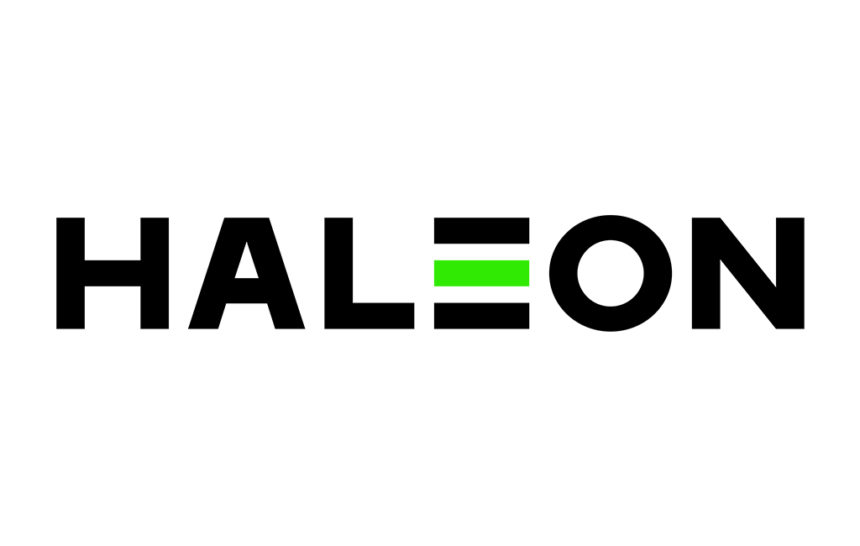Haleon, formerly the consumer health business of GSK, began life as a standalone entity Monday after its spinoff from the British drugmaker. The de-merger marked the completion of a long-awaited transition to corporate independence.
In 2015, GlaxoSmithKline merged its consumer health business with that of Novartis. Four years later, a joint venture with Pfizer was formed, called GSK Consumer Healthcare. GSK announced its intention to eventually spin off the unit.
The breakup has ramifications for other existing non-Rx firms and impending spinoffs, like Johnson & Johnson’s portfolio, Sanofi’s carveout, Reckitt and Nestlé. Here are three things for marketers to keep an eye on.
1. More visibility into consumer health products.
Haleon not only becomes a new benchmark for the overall potential of OTC growth. It will put pressure on its peer group.
GSK, which spun off the consumer business so that it can focus on higher-margin pharmaceuticals and vaccines, rejected multiple bids by CPG giant Unilever – the last one for 50 billion pounds ($68 billion). On Monday, Haleon’s market value was only 30.5 billion pounds ($36.4 billion), far below Unilever’s highest offer.
By refusing the offer, GSK set a high performance bar. In June, GSK issued a forecast for Haleon’s annual organic revenue growth: 4% to 6% over the next three to five years. The industry average is closer to 3% to 5%, according to a widely reported Barclays estimate.
To capture the growth, Haleon CEO Brian McNamara has said he will look to higher online sales and a bigger push into emerging markets, as well as to a couple of near-to-medium term Rx-to-OTC switches. But it’s not only HaIeon’s products that are now in the spotlight.
Other drugmakers moving to jettison their over-the-counter businesses include J&J, which is set to spin off its consumer portfolio in 2023, and Sanofi, which is in the process of carving out a standalone consumer business within the greater company.
Merck sold its consumer business to Bayer AG in 2014 for $14.2 billion. Then there’s Reckitt and Nestlé, both of which have amassed sizable OTC health portfolios mostly through acquisitions of cold and flu brands, as well as companies in the vast VMS (vitamins, minerals and supplements) space.
Currently, however, the market doesn’t get a tremendous amount of visibility into how these groups and their various products are performing. The companies don’t disclose revenues to the extent one would expect.
“If you follow the quarterly earnings reports, it’s a mixed bag of discussion,” observed Steven Robins, managing partner/principal at the New England Consulting Group.
Going forward, these companies “will be asked for greater transparency on their consumer division. If I have to be more transparent, that ups the ante. I’m making sure all of my key brands are performing,” Robins said.
2. Brand priorities set to shift.
Haleon’s OTC medicines portfolio ranges from painkillers Advil and Panadol to heartburn med Nexium and smoking-cessation pill Nicorette. A VMS side houses Centrum vitamins and oral care products like Aquafresh toothpaste.
It will be interesting to see how the new entity prioritizes global brands versus regional ones – and whether the company divests any that prove to be disconnected from its global strategy.
To achieve its mid-single-digit forecast for those operating brands, Haleon will “have to look across the portfolio and see where even some local strengths may not make sense from an efficiency standpoint, at the global strategy level,” said Robins.
3. Managing expectations.
Achieving incremental growth for an OTC brand portfolio, particularly one the size of Haleon’s (or J&J’s or Sanofi’s, for that matter), will be a challenge. That’s because the base business isn’t necessarily driven by innovation, as is the case with pharmaceuticals and vaccines.
The consumer unit brought in about 9.6 billion pounds for GSK last year and Haleon is forecast to bring in 10.7 billion pounds in 2022, according to Barclays analysts.
But even hitting 5% growth in the near-to-medium term – which falls in the middle of McNamara’s 4%-to-6% growth target – will take some “heavy lifting” for a portfolio worth several billion dollars, Robins said.
Even Haleon’s two planned Rx-to-OTC switches may not be enough. Results must flow from across the portfolio.
“You have to have growth in multiple places,” Robins said.







